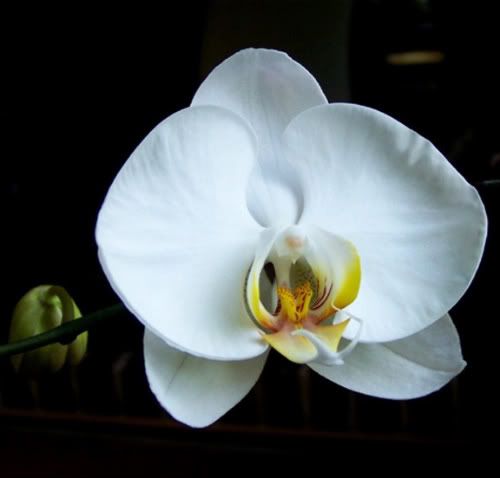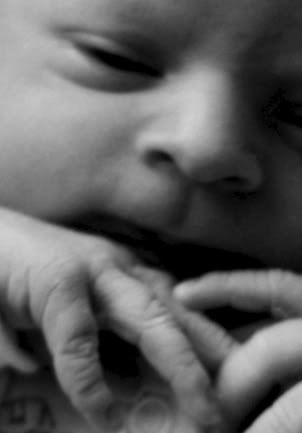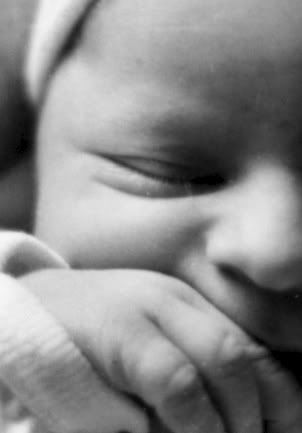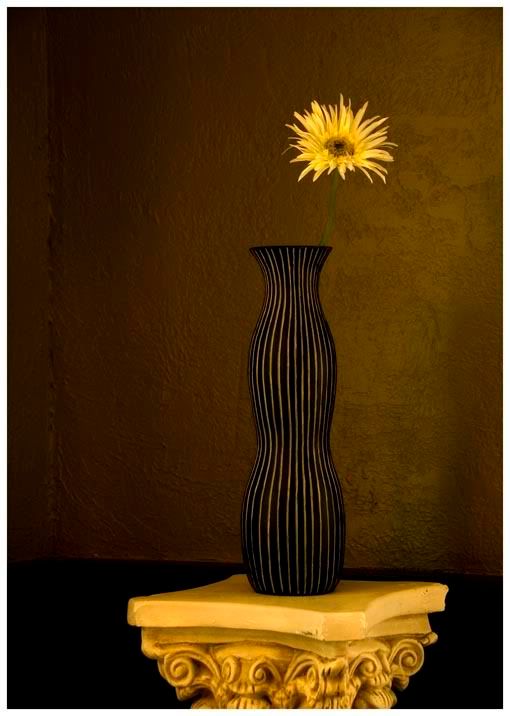Thinking Outside the Box
"Thinking Outside the Box". We hear this all of the time, but what does it really mean?
My mother used to ask me, "If all of your friends jumped of a cliff, would you do it too?"
"No, of course not" I would tell her.
"Good, then you are thinking for yourself".
Now this is certainly an extreme oversimplification of the situation (I was probably 7 or 8), but you catch the drift. Use your head, don't do something just because everyone else is doing it, seek unique ways of solving old problems. If you have to get down that cliff to get home, don't jump just because everyone else is doing it, build yourself a sled, or a parachute, or a glider. You'll still get there, just with less damage, and less damage is good. You'll stand out from the crowd because you'll be the only one that isn't bleeding.
You might remember my youngest son from "The Lost Rolls". Well, he turned four this spring. He goes to the library once a week to hang out with all of the other kids in town that are too young still for school, but enjoy the thrill of a well written story about a fire truck. They also do a weekly art project.
A few weeks ago, the teacher had all of the children sit around and mix up a batch of plaster. The kids mixed handfuls of dirt into the plaster to make it look like wet dirt. Handfuls of the muddy compound were scooped out and formed into flat circles as the base for that weeks project. There were boxes of assorted sticks, rocks, and bark that the young artists were instructed to press into the mud to create their masterpieces. Rocks were pressed in as eyes, sticks became mouths, and bark became hair and ears. Some kids made other types of two dimensional art, using the natural materials to create some very impressive designs in the mud.
When I finally saw my sons piece, my jaw literally dropped. He saw what everyone else was doing and decided to go another direction.
Good job son, you are thinking for yourself.
My mother used to ask me, "If all of your friends jumped of a cliff, would you do it too?"
"No, of course not" I would tell her.
"Good, then you are thinking for yourself".
Now this is certainly an extreme oversimplification of the situation (I was probably 7 or 8), but you catch the drift. Use your head, don't do something just because everyone else is doing it, seek unique ways of solving old problems. If you have to get down that cliff to get home, don't jump just because everyone else is doing it, build yourself a sled, or a parachute, or a glider. You'll still get there, just with less damage, and less damage is good. You'll stand out from the crowd because you'll be the only one that isn't bleeding.
You might remember my youngest son from "The Lost Rolls". Well, he turned four this spring. He goes to the library once a week to hang out with all of the other kids in town that are too young still for school, but enjoy the thrill of a well written story about a fire truck. They also do a weekly art project.
A few weeks ago, the teacher had all of the children sit around and mix up a batch of plaster. The kids mixed handfuls of dirt into the plaster to make it look like wet dirt. Handfuls of the muddy compound were scooped out and formed into flat circles as the base for that weeks project. There were boxes of assorted sticks, rocks, and bark that the young artists were instructed to press into the mud to create their masterpieces. Rocks were pressed in as eyes, sticks became mouths, and bark became hair and ears. Some kids made other types of two dimensional art, using the natural materials to create some very impressive designs in the mud.
When I finally saw my sons piece, my jaw literally dropped. He saw what everyone else was doing and decided to go another direction.
Good job son, you are thinking for yourself.

He calls it his "forest".











